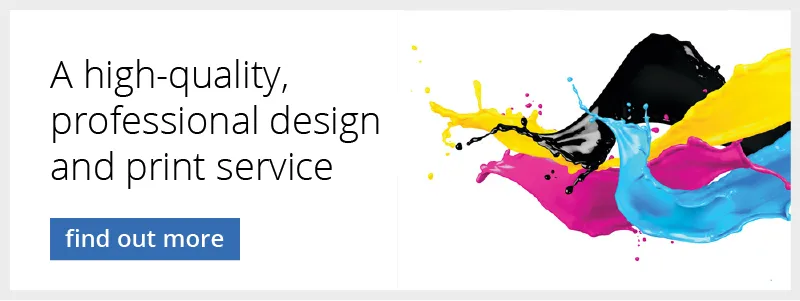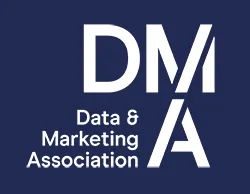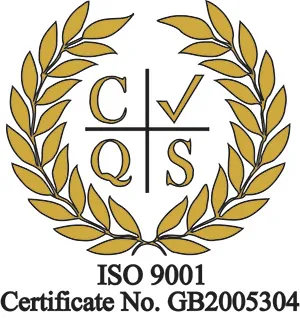Typography is often over-looked when it comes to designing direct marketing products. And yet it’s just as important as font types, good copy, images and colour.
Firstly, let’s ask what the devil typography actually is. A lot of people, when they think of typography, if they ever consider it at all, will think it’s all about font types. And sure, that’s a part of it. But that’s not all it is. Typography is more about how those fonts come across on the page, leaflet, screen… and pretty much anywhere else that words appear.
A good typographer – yes, they exist – can alter the typography of pretty much anything to suit whatever medium the copy appears on. Despite its focus mainly revolving around words, typography is really closely associated with art and design. Here are a few things to bear in mind, typographically-speaking.
Leading and Kernelling
Leading is the opposite of following, right? Well, not in the typographic world. Leading means the spacing between lines of text. Packed too closely and the copy on your leaflet can become pretty much illegible – unless you want potential customers to squint to read it. On the other hand, being too loose with your spacing can look saggy, rushed– since you’re not using limited space well – and unprofessional. And that’s not a message any company wants to put out. Kernel, on the other hand, relates to the space between each letter, and likewise, you don’t want letters squished together because, hey, you want people to be able to read your copy.
Hierarchy
The hierarchy is fairly self-explanatory, but you’d be surprised at just how many companies overlook this. Hierarchy basically means the order of importance when it comes to your words. Consider a book by your favourite author. If the author is a big best-seller, you’ll notice their name is enormous compared to the title. That’s hierarchy in action right there. A well-designed hierarchy on a leaflet or mail-shot allows the reader to follow the flow, but also draws their attention to the most important factors. That’s why you’ll see the word ‘sale’ in large font, and ‘on selected items’ much smaller.
Rule of 3
How many is too many? When it comes to fonts, the answer is pretty simple: No more than three. If you throw a whole host of typefaces at your readers – no matter how nice those sans serif fonts look – then you risk looking like a kid who’s gone crazy with the crayons. By limiting the number of fonts on your direct marketing, you can express your ideas in a clear, coherent manner. They won’t over-power the piece, or confuse your message, or readers for that matter. Choose a font to represent your company, one for your headline, and one for the detailed copy. Then you’re all set.
If you’re looking for help on how to get your message out there, here at Direct Letterbox Marketing we can help. We specialise in printing, demographic profiling, and leaflet distribution, ensuring that you get your message out to the right people. For more information, contact us on 0800 028 6353 and see how we can help your campaign take off.





